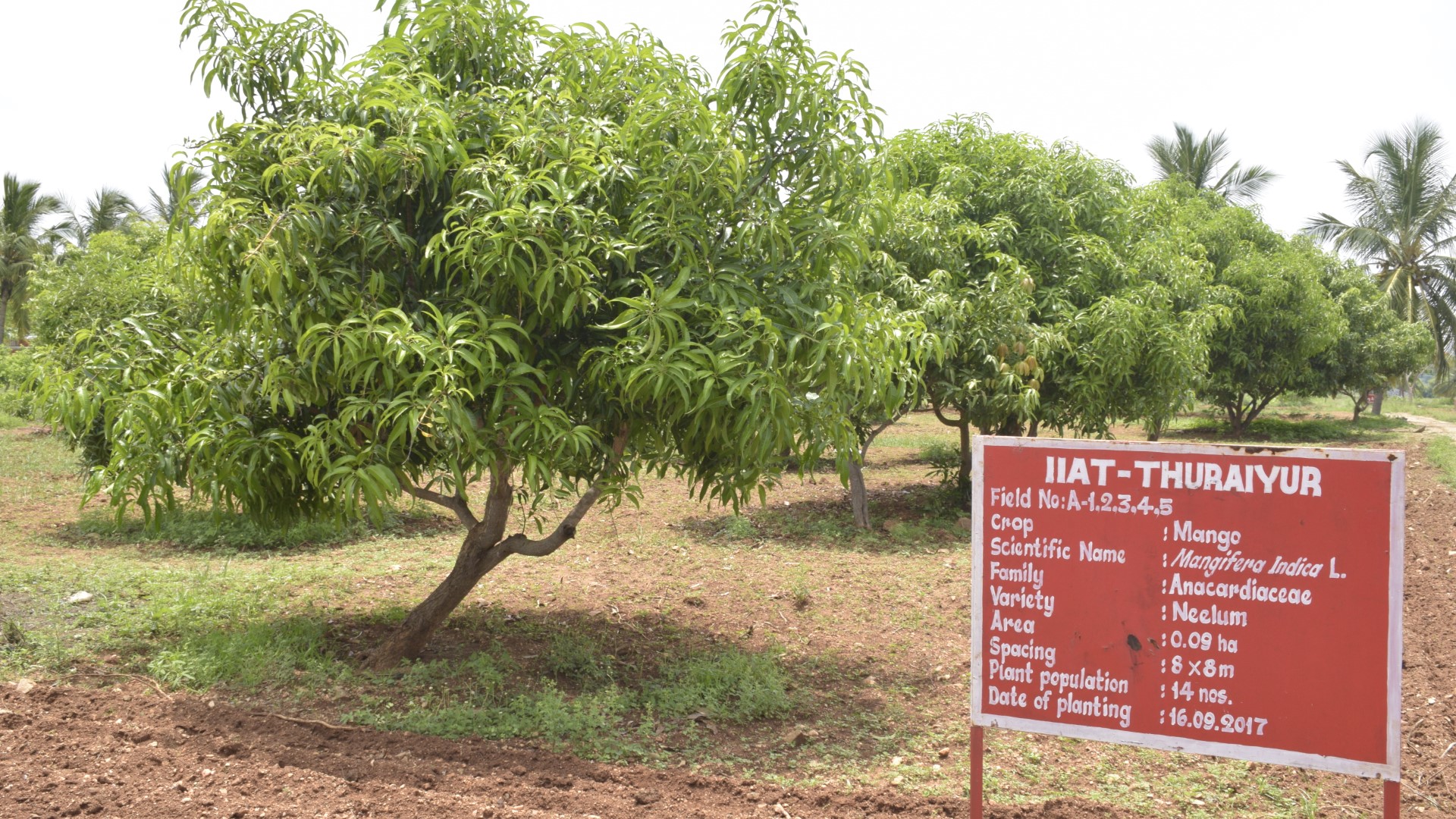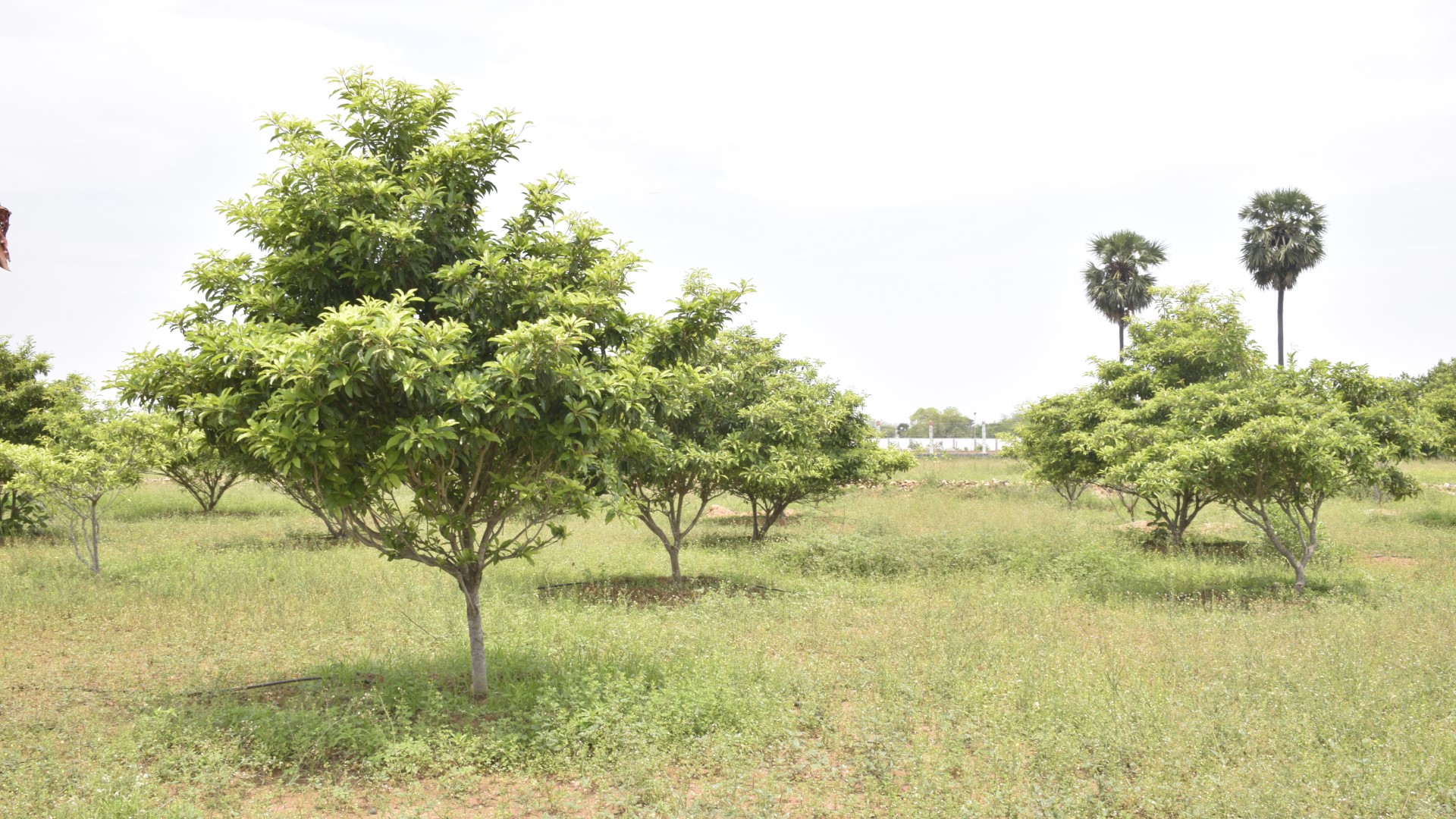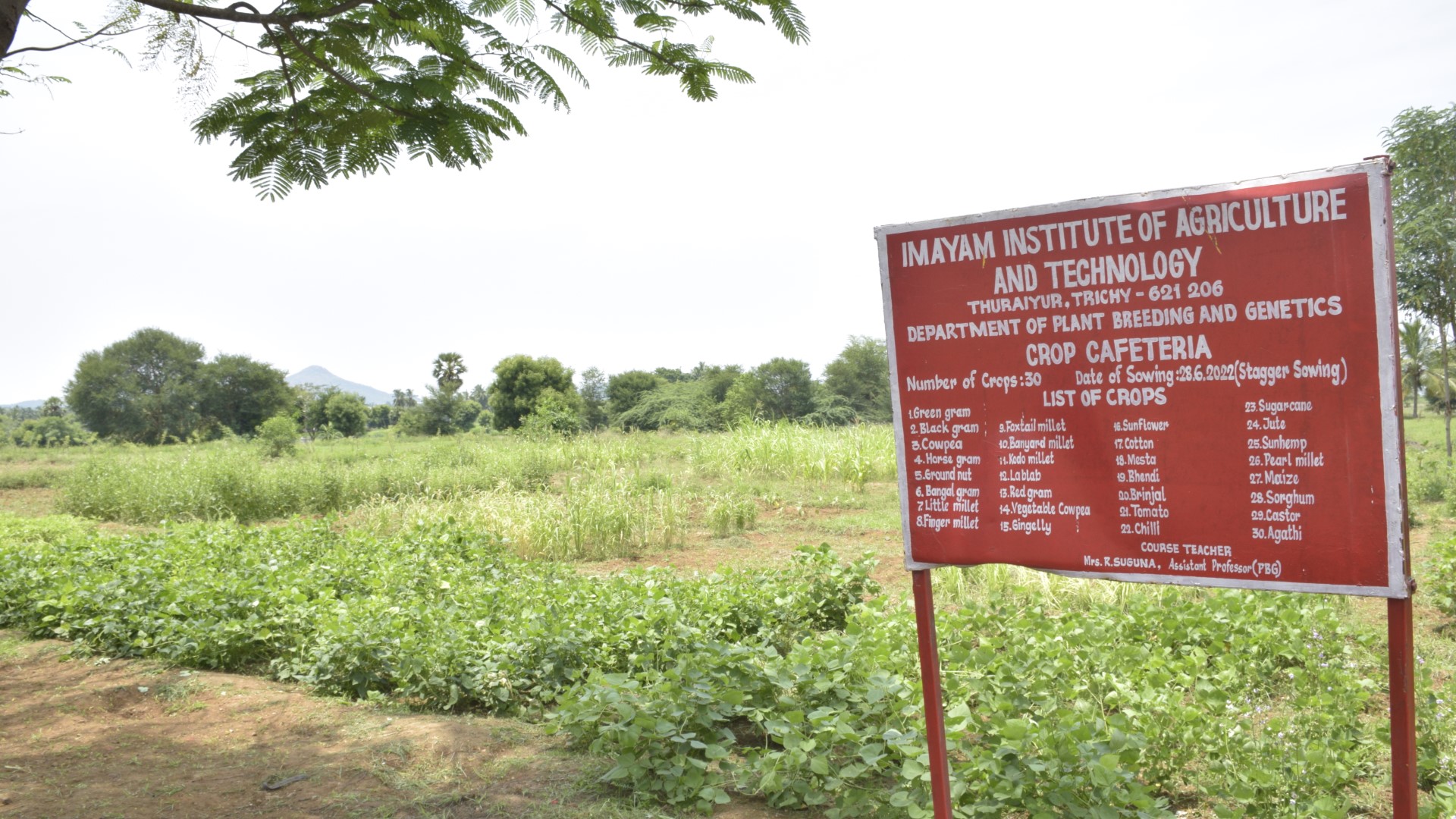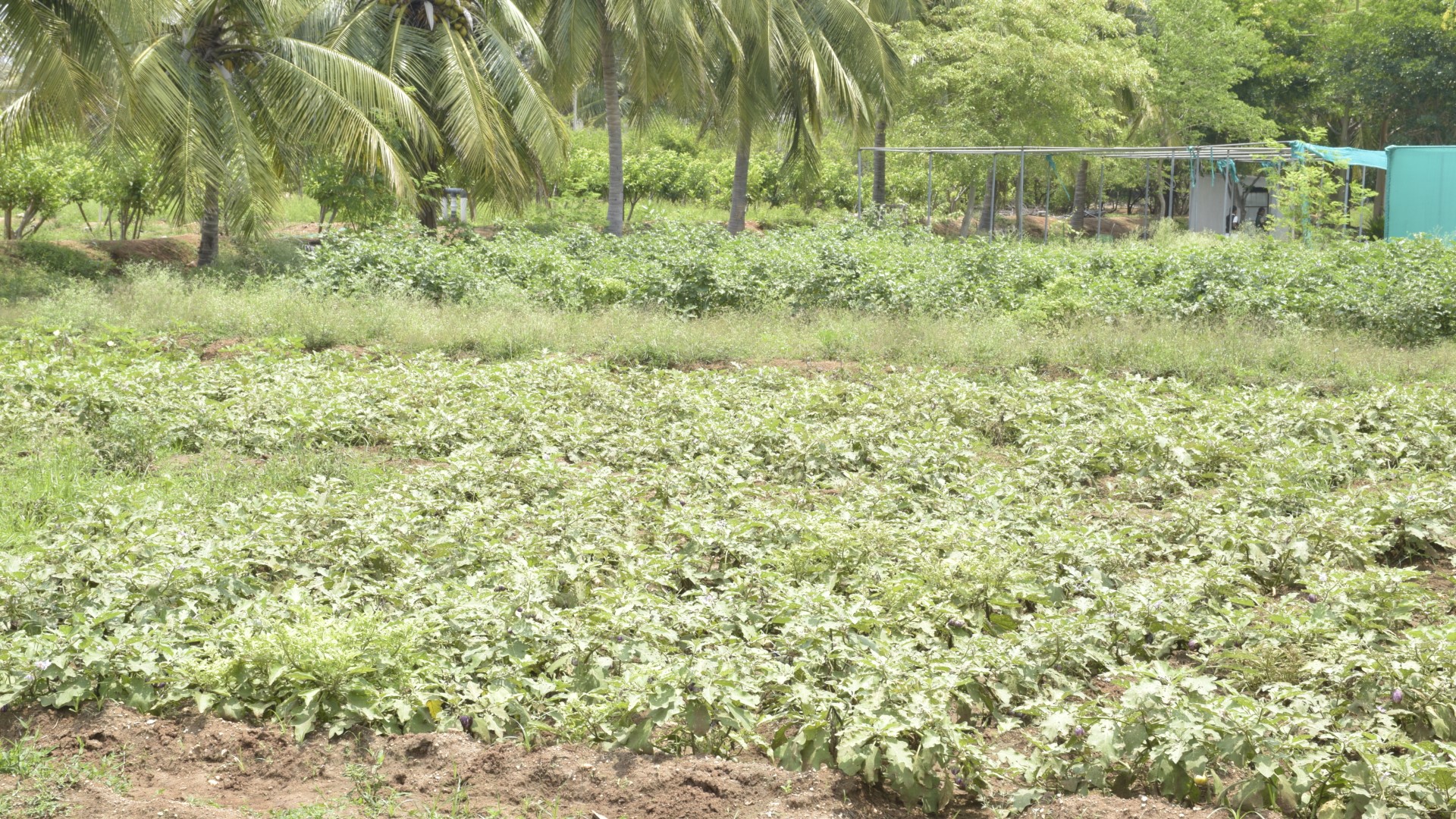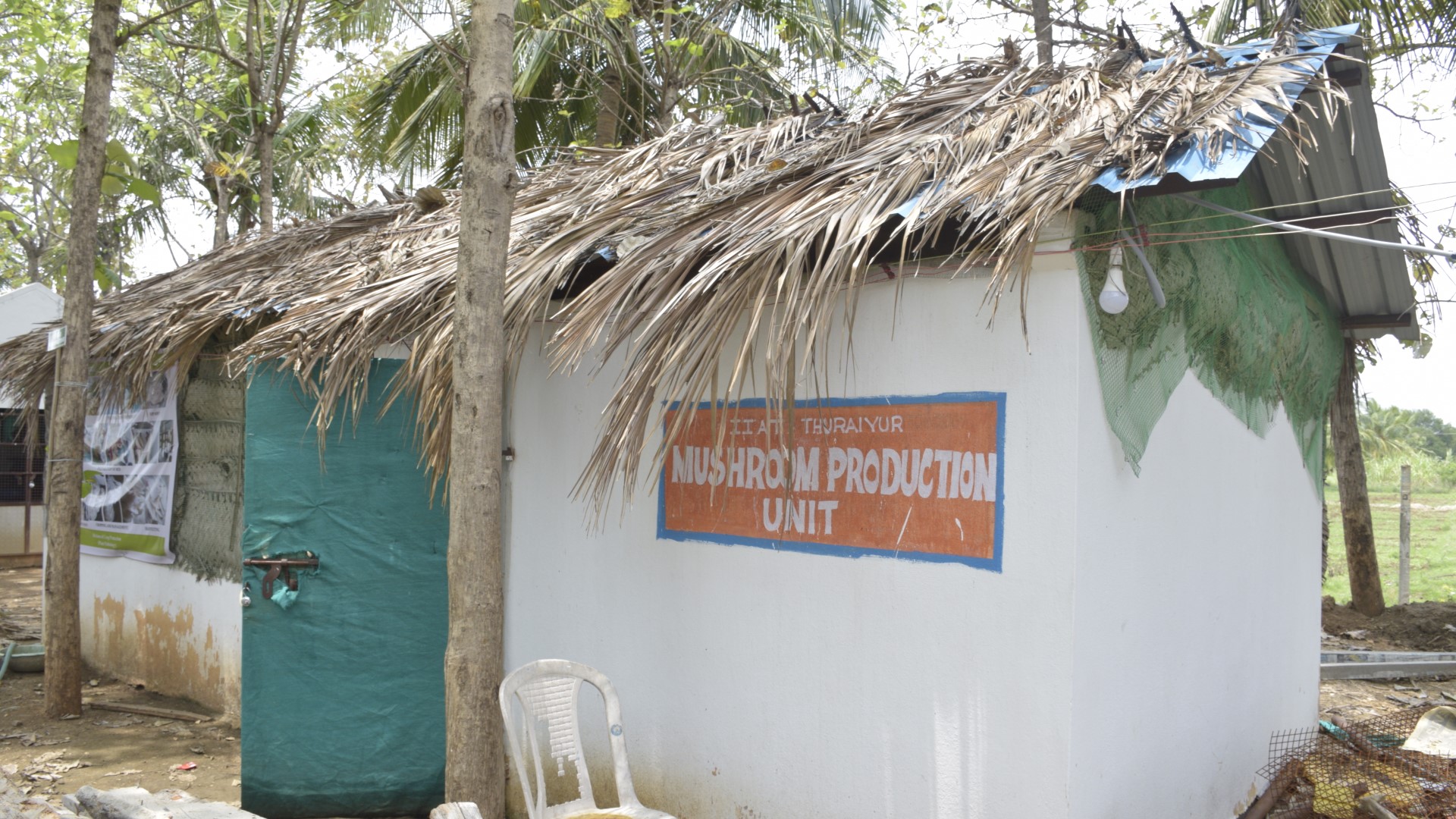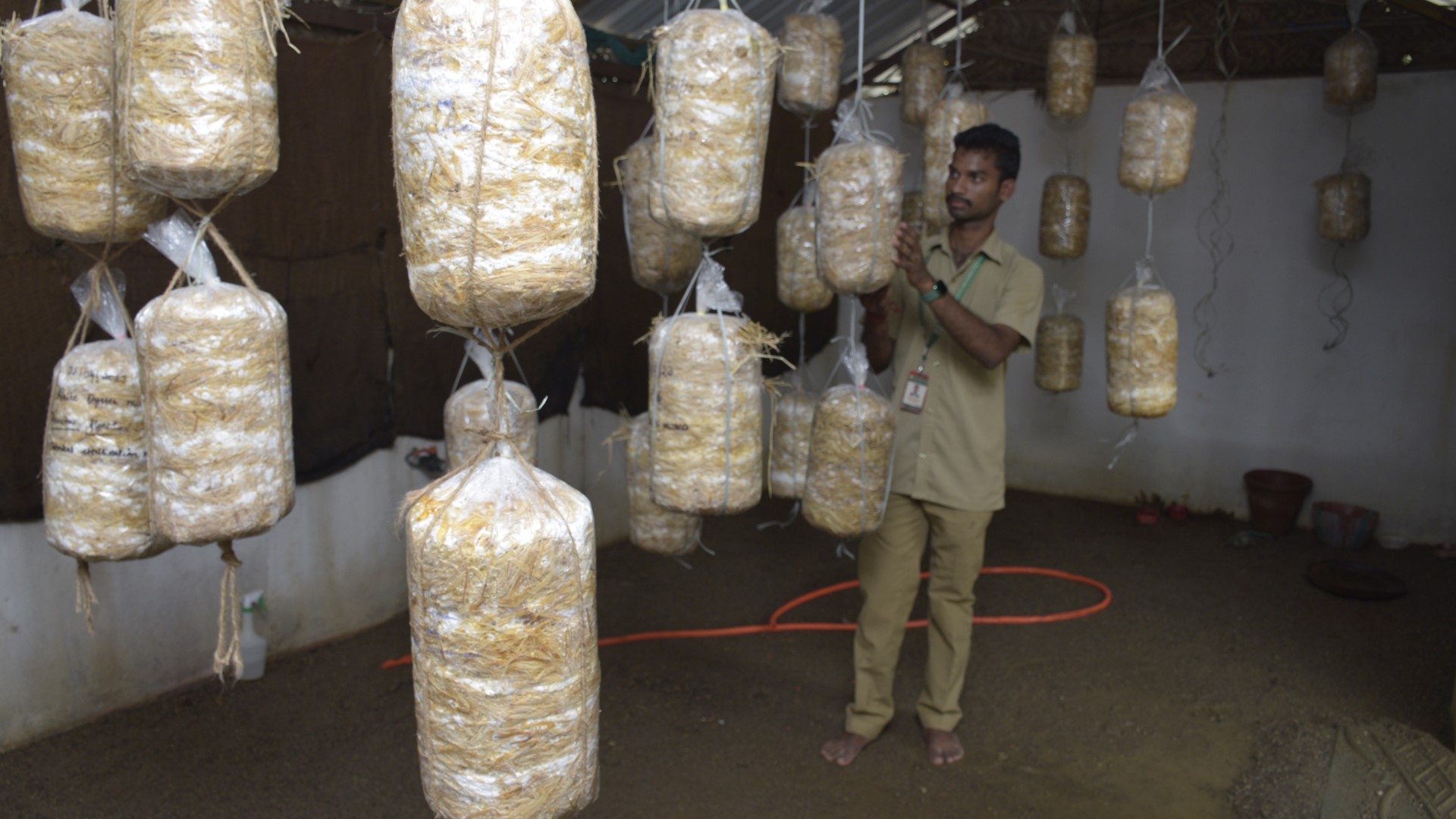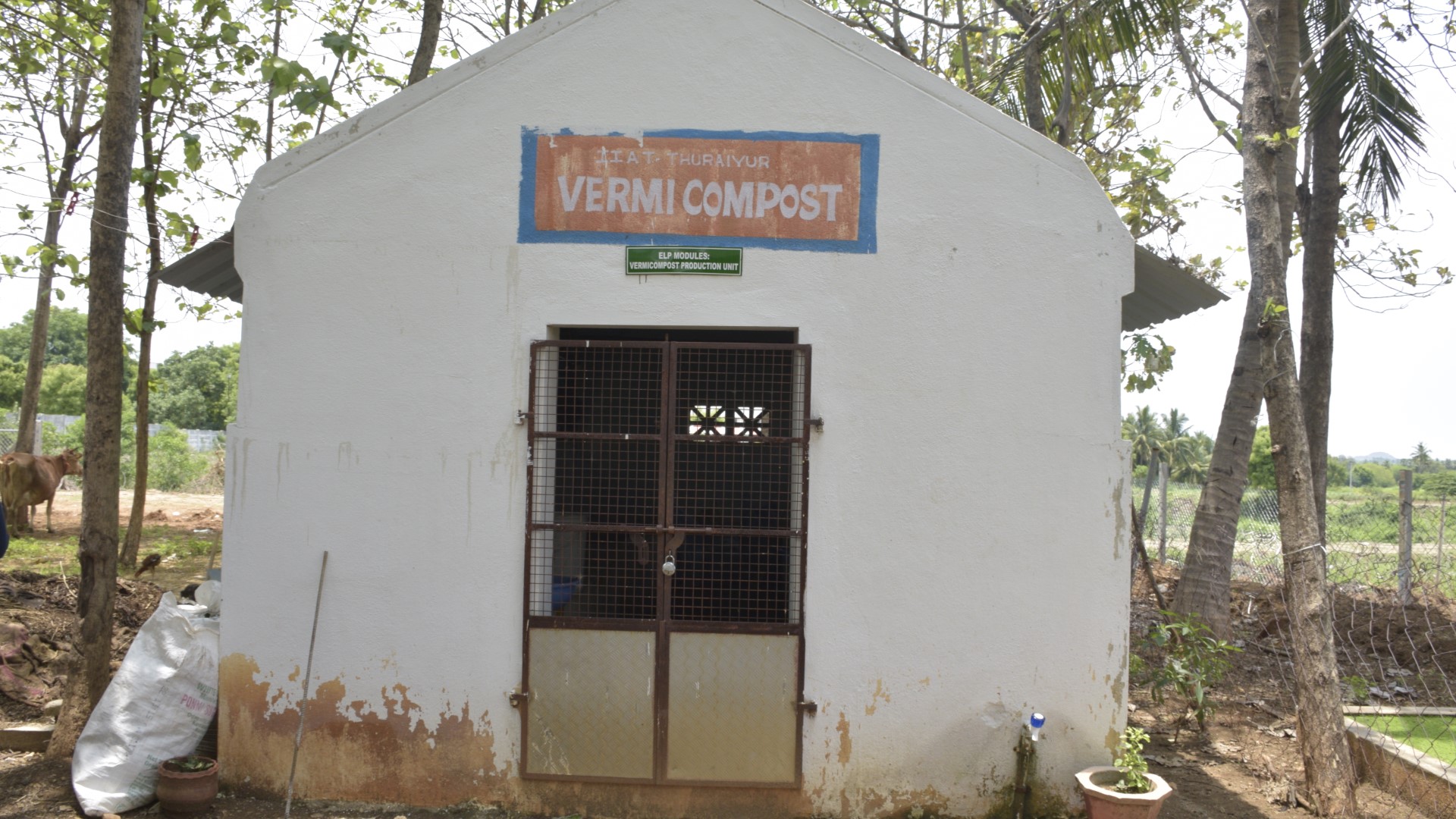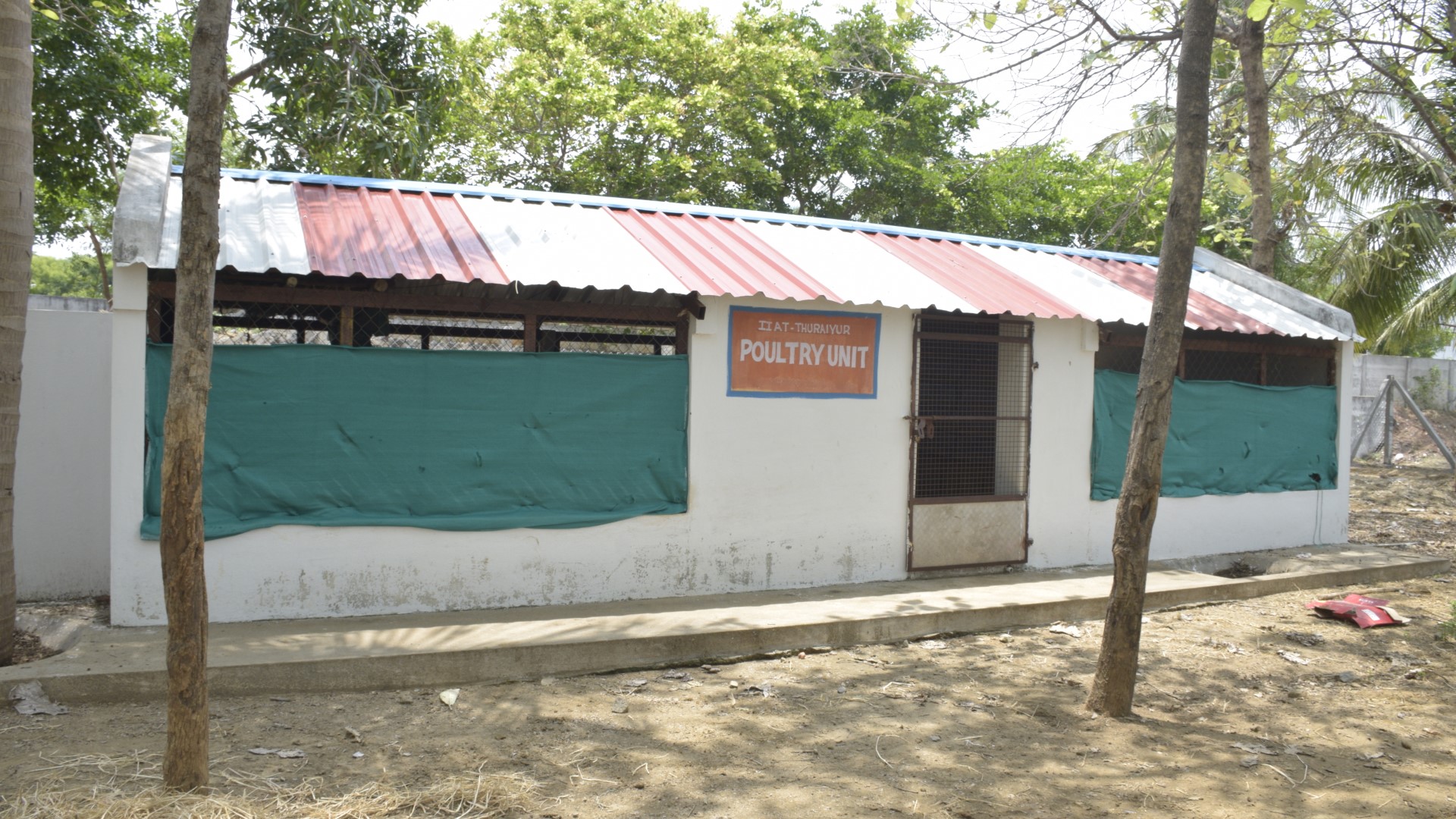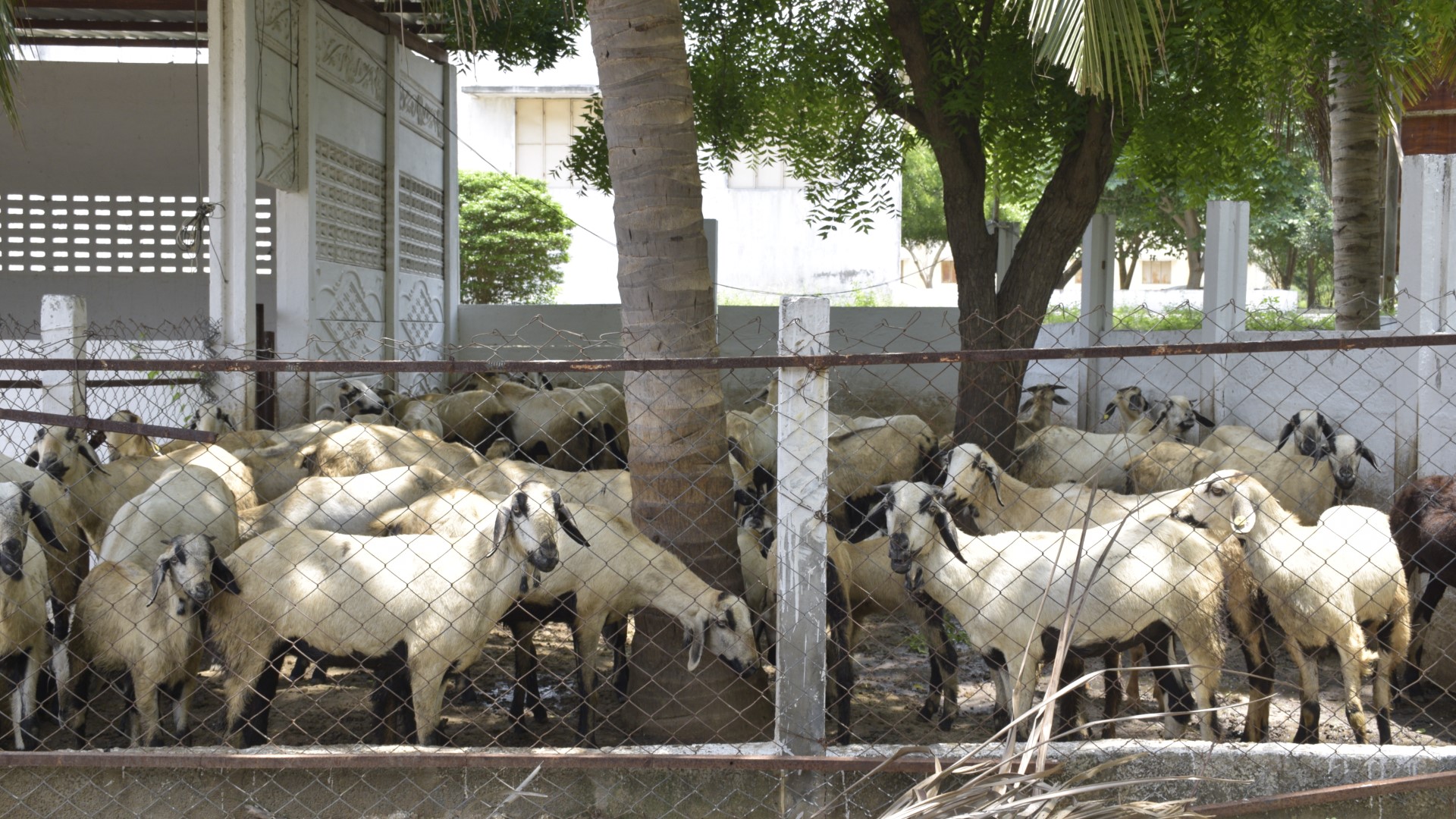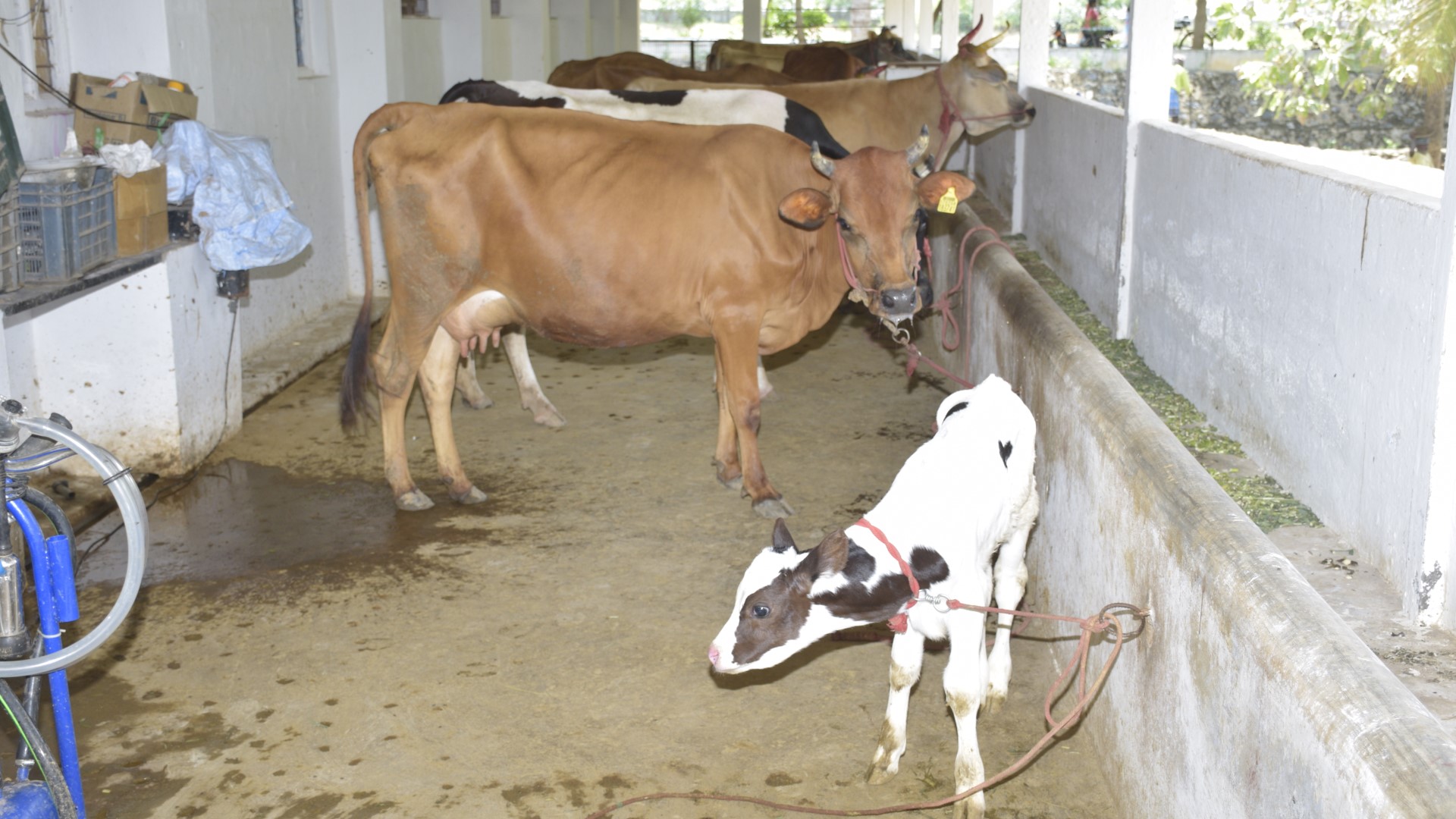South Farm
- Central Farm: A central farm is an area where different agricultural activities such as farming, livestock rearing, and crop production are carried out. It serves as a hub for research and development in agriculture, as well as a training ground for students and farmers. A central farm usually has a variety of agricultural facilities, including crop fields, livestock enclosures, greenhouses, and laboratories.
- Crop Cafeteria: A crop cafeteria is a facility where animals are fed with different types of crops. The cafeteria typically contains a variety of crops, including grains, fruits, and vegetables, which are provided to the animals as per their dietary requirements. The crop cafeteria is an essential part of animal husbandry, as it helps to ensure that the animals receive a balanced diet.
- Forage Crops Unit: A forage crops unit is an area where crops that are grown for livestock feed are cultivated. The unit typically includes different types of grasses, legumes, and other plants that are rich in nutrients and can be used as animal feed. Forage crops are an essential component of animal husbandry, as they provide a cost-effective and nutritious source of feed for livestock.
- Orchard: An orchard is an area where fruit trees are cultivated for commercial purposes. The orchard typically includes a variety of fruit trees, such as apple, pear, peach, and cherry. The orchard is an essential part of agriculture, as it provides a source of income for farmers and contributes to the economy.
- Field Museum: A field museum is a facility that showcases different aspects of agriculture, such as farming practices, crop production, and livestock rearing. The museum typically includes exhibits, interactive displays, and educational programs that help visitors learn about agriculture and its importance.
- Field Lecture Hall: A field lecture hall is an outdoor facility where lectures and presentations on agriculture are conducted. The lecture hall typically includes seating arrangements and audio-visual equipment, and can accommodate large groups of people. The field lecture hall is an essential part of agricultural education, as it provides students with hands-on learning experiences.
- Meteorological Observatory: A meteorological observatory is a facility that collects and analyzes weather data. The observatory typically includes instruments such as thermometers, barometers, and anemometers, and is used to monitor weather patterns and forecast changes in the weather. The observatory is an essential component of agriculture, as it helps farmers make informed decisions about crop cultivation and livestock rearing.
- Vermi Composting Unit: A vermi composting unit is a facility where organic waste is converted into compost using earthworms. The unit typically includes containers or pits where earthworms are introduced along with organic waste. The earthworms break down the waste and produce a nutrient-rich compost that can be used as a fertilizer in agriculture.
- Animal Husbandry Unit: An animal husbandry unit is an area where livestock is raised and bred for commercial purposes. The unit typically includes enclosures for different types of livestock, such as cows, goats, and pigs, and is equipped with facilities for feeding, watering, and medical care. Animal husbandry is an essential part of agriculture, as it provides a source of income for farmers and contributes to the economy.
- Poultry Unit: A poultry unit is a facility where poultry birds such as chickens and turkeys are raised for commercial purposes. The unit typically includes enclosures for the birds, as well as facilities for feeding, watering, and medical care. Poultry farming is an essential part of agriculture, as it provides a source of income for farmers and contributes to the food supply.


